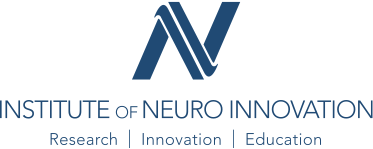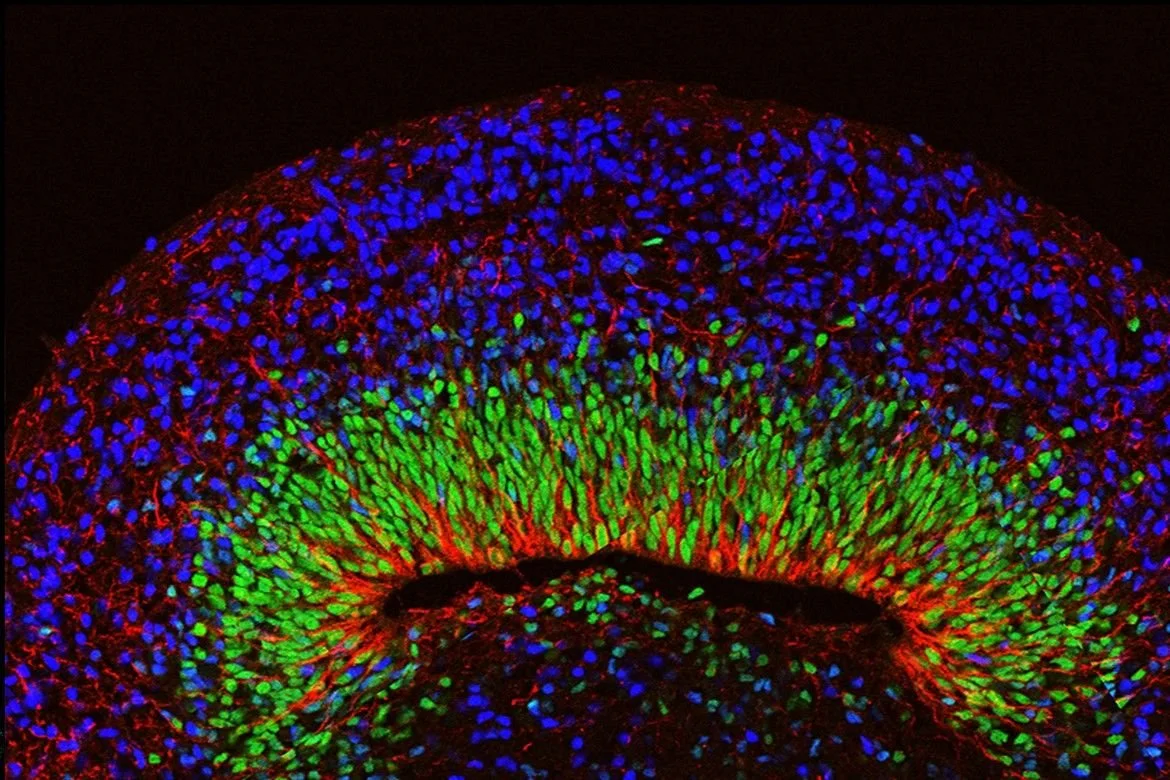From Fear to Peace: Harnessing Neuroplasticity to Cope with Death
/Humans possess a unique capacity to contemplate our mortality and imagine a world that continues without us. However, in contemporary Western culture, the prospect of our own or a loved one's death, however inevitable, is often perceived as a traumatic loss that instills fear and dread. We avoid discussing death with loved ones. We have few rituals or practices aimed at preparing us emotionally, during life, for our own or a loved one's death. Since our brains are hard-wired for survival, this aversion is a natural consequence of our innate drive to safeguard our existence.
Read More









